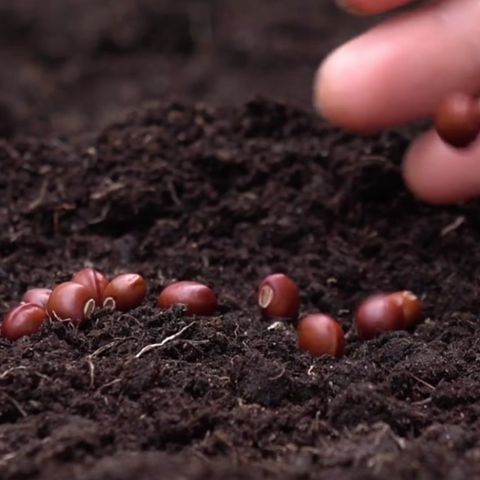Can gene editing fast-track food security?

Scarica e ascolta ovunque
Scarica i tuoi episodi preferiti e goditi l'ascolto, ovunque tu sia! Iscriviti o accedi ora per ascoltare offline.
Can gene editing fast-track food security?
Questa è una trascrizione generata automaticamente. Si prega di notare che non è garantita la completa accuratezza.
Descrizione
Here are some of my learning points from this podcast, with Ponsi Trivisvavet, CEO of Inari, the seed design company. - The goal of the company is to design seeds...
mostra di più- The goal of the company is to design seeds for crop varieties that consume fewer resources, such as land, water and chemical inputs. The focus crops are corn, soybeans and wheat.
- Inari’s three specific target products at present are, first, to increase yields significantly, without an increase in use of nitrogen. Further down the pipeline are goals to reduce nitrogen use without sacrificing yield, and to reduce water use.
- Inari aims to achieve these goals by targeting changes to the “architecture” of the plant, such as the number of seed per pod, or pods per node, and increase the individual seed weight – and all three of these, at the same time, to increase yield.
- The company has two technology platforms: predictive design, and gene editing
- Predictive design is the process of understanding the full complexity of crop genomes, their genetic maps, which are more complex than human genomes.
- The idea of predictive design is to narrow down what changes to the crop genome may lead to particular changes in crop performance. Inari’s predictive design engine uses ML and human interpretation to understand how genes interact with each other, digitally “in silico”, as well as at the plant cell level, and at the plant level.
- Gene editing is the process of then altering the genome, to favour particular traits, for example using the gene editing tool, Crispr. Gene editing is distinguished from genetic modification (GM) in that it involves changing the existing DNA of the species – whether inserting, removing or tuning this DNA – in contrast to GM which involves introducing new DNA from another species.
- Regarding products, Inari is most progressed in a goal to increase yield, and specifically in soybeans, by 20%, followed by goals to increase yield in wheat and corn, by 15% and 10% respectively. Further down the pipe, it wants to reduce nitrogen and water use by 40%.
- Ponsi said she couldn’t disclose how far the company had gone to date, in quantified increases in yield. She stated that the company has already seen evidence of progress in each of the levers to increase yield in soybean plants, namely more seeds per pod, more pods per node, and higher grain weight.
- Ponsi said that traditional crop breeding historically took 10 years to develop a product, and genetic modification took roughly 16 years, while Inari expects a two to five year time-frame to develop a product.
- Inari recently produced a white paper, at Davos, calculating the combined ecosystem benefits of its products, through 2042, in terms of GHGs, nitrogen run-off and farm profitability, to show how companies can be net nature positive, available here, and a detailed overview of its gene editing platform, here.
Informazioni
| Autore | Gerard Wynn |
| Organizzazione | Gerard Wynn |
| Sito | - |
| Tag |
Copyright 2024 - Spreaker Inc. an iHeartMedia Company
